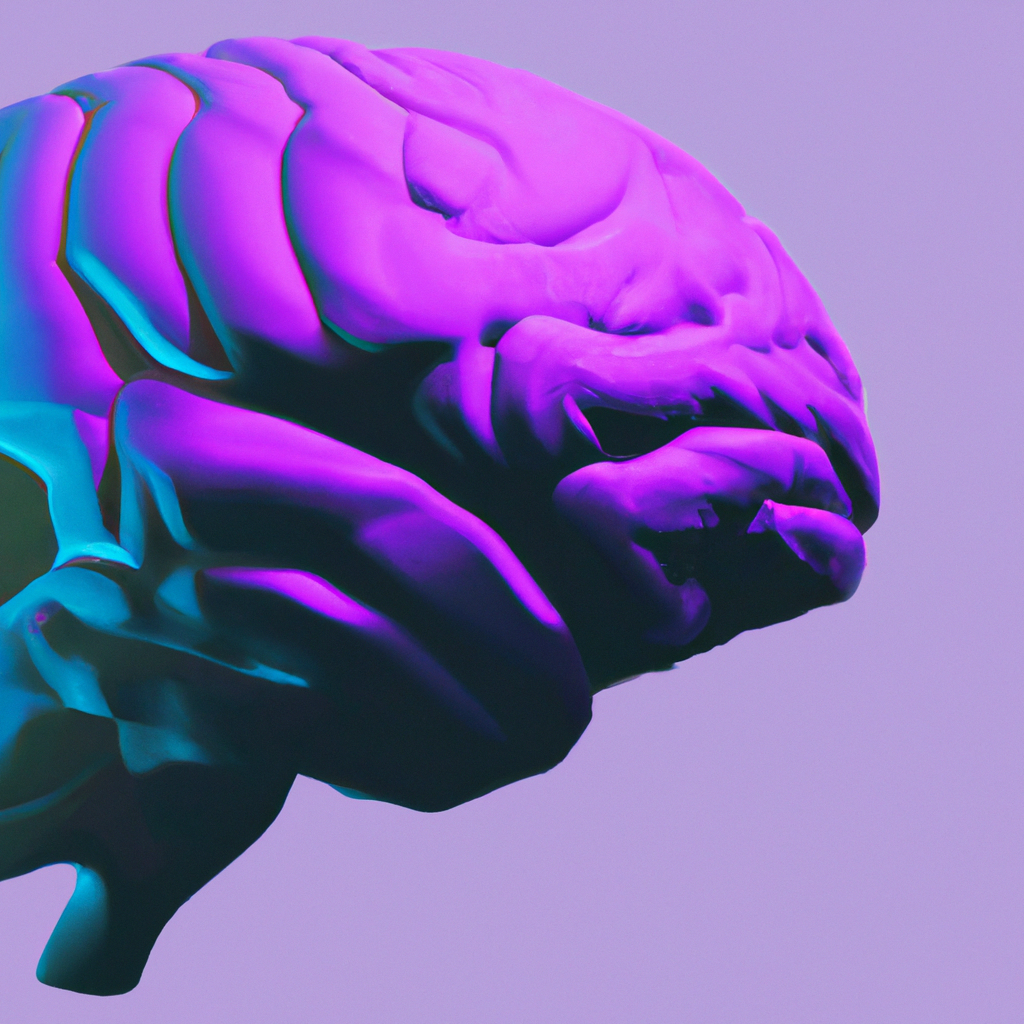Emotions are an integral part of human life. They influence our thoughts, actions, and behaviors. But have you ever wondered how emotions are processed in the brain? The field of neuroscience has made significant strides in understanding the complex processes involved in emotional processing. In this article, we will explore the neuroscience of emotions, the limbic system, amygdala, emotional regulation, emotional response, emotional experience, and emotional awareness.
The Neuroscience of Emotions
Emotional processing in the brain involves various neural networks that work together to create an emotional experience. These networks are responsible for detecting, interpreting, and responding to emotional stimuli. The limbic system, a complex network of structures located in the brain’s temporal lobe, plays a crucial role in emotional processing.
The Limbic System
The limbic system comprises several structures that work together to regulate emotions, including the amygdala, hippocampus, and hypothalamus, among others. The amygdala, in particular, plays a critical role in processing emotional information and responding to threats. It is responsible for detecting emotional stimuli and triggering a “fight or flight” response. The hippocampus, on the other hand, is involved in storing and retrieving emotional memories, while the hypothalamus regulates the release of hormones related to stress and emotional responses.
The Amygdala
The amygdala is a small almond-shaped structure located deep within the temporal lobe. It is responsible for detecting and processing emotional stimuli, such as fear, anger, and pleasure. The amygdala receives sensory information from various parts of the brain, such as the visual and auditory cortex, and processes it to generate an emotional response. For example, when you see a snake, the amygdala detects the threat and triggers a fear response, even before your conscious mind has registered the danger.
Emotional Regulation
While emotions are essential for our survival, they can also be overwhelming and disruptive if not regulated correctly. Emotional regulation refers to the ability to manage and control one’s emotions effectively. It involves various cognitive and behavioral strategies to manage emotional responses, such as deep breathing, meditation, and cognitive reappraisal.
Emotional Response
Emotional responses refer to the physiological and behavioral changes that occur in response to emotional stimuli. For example, when you feel happy, your body releases dopamine, a neurotransmitter associated with pleasure and reward. This release of dopamine is responsible for the feeling of happiness and the associated behavioral responses, such as smiling and laughing.
Emotional Experience
Emotional experience refers to the subjective experience of emotions, such as joy, sadness, fear, and anger. It involves the conscious awareness of one’s emotional state and the associated cognitive and behavioral responses. Emotional experiences vary from person to person and can be influenced by various factors, such as personality, culture, and environment.
Emotional Awareness
Emotional awareness refers to the ability to recognize and understand one’s emotions and the emotions of others. It involves being in tune with one’s emotional state and being able to express and communicate emotions effectively. Emotional awareness is a crucial component of emotional intelligence, which involves the ability to manage one’s emotions, understand others’ emotions, and build healthy relationships.
Conclusion
Emotional processing in the brain is a complex and intricate process that involves various neural networks, such as the limbic system and amygdala. Emotional regulation, response, experience, and awareness are all critical components of emotional processing. Understanding how emotions are processed in the brain can help us develop effective strategies for managing our emotions and building healthy relationships with others.







